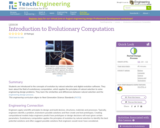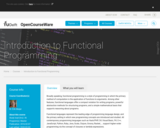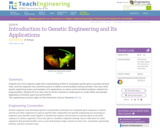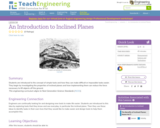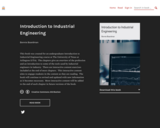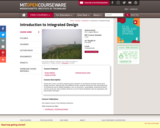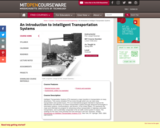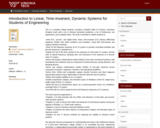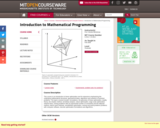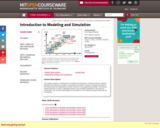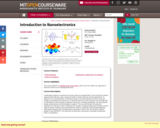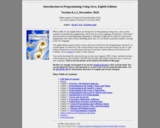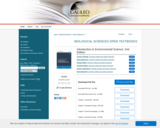
This course uses the basic principles of biology and earth science as a context for understanding environmental policies and resource management practices. Our planet is facing unprecedented environmental challenges, from oil spills to global climate change. In ENSC 1000, you will learn about the science behind these problems; preparing you to make an informed, invaluable contribution to Earth’s future. I hope that each of you is engaged by the material presented and participates fully in the search for, acquisition of, and sharing of information within our class.
- Subject:
- Applied Science
- Environmental Science
- Material Type:
- Textbook
- Provider:
- University System of Georgia
- Provider Set:
- Galileo Open Learning Materials
- Author:
- Alison VandeVoort
- Caralyn Zehnder
- Christine Mutiti
- Donna Bennett
- Kalina Manoylov
- Samuel Mutiti
- Date Added:
- 03/19/2016
